This predatory cat, the namesake of a line of luxury cars, is a predator built for elegance, speed, and deadly precision. These magnificent animals have a distinctive, beautiful pattern to their coats, which easily distinguishes them from other big cats. Their incredible hunting ability is a marvelous sight to behold. Read on to learn about the jaguar.
Description of the Jaguar
Jaguars are light tan cats, with distinctive black markings across their bodies. Their base color is a tan/orange hue, and their underbelly is white. Their dark spots consist of solid black markings on their undersides, and “hollow” black circles on their backs. They have large teeth, large eyes, four muscular legs, and a long tail that gives them balance while hunting.
Interesting Facts About the Jaguar
Jaguars are impressive animals, which are an imposing sight even before learning how incredibly deadly they are! However, there is more to these animals than mindless killing.
- Truly “Big” Cats – Jaguars are the largest cat in North and South America. They can grow up to six and a half feet long from nose to tail. Not only are they the largest American cat, but they are also the third largest cat in the world!
- American Cat – When picturing a jaguar, one typically visualizes a tropical rainforest filled with lush vegetation. While jaguars thrive in these types of habitats, their natural range used to spread all the way into the southern United States. Sightings occasionally happen in Arizona, and a jaguar was illegally poached in Arizona in June of 2018.
- Yaguar – The jaguar got its name from the Native Americans word yaguar, which means “he who kills with one leap.”
- Riveting and Rosy – Jaguars spots are extremely distinctive, as they have a rose-like pattern. In fact, jaguars spots are called “rosettes.”
Habitat of the Jaguar
Jaguars can be found most frequently in dense, flooded rainforest. This could be due to preference and shy nature, or it could be because dry habitats have been rapidly developed in its range. While they are more commonly found near water sources and in rainforests, jaguars have been spotted in, and have historically inhabited, grasslands, subtropical forests, and deciduous forests.
Distribution of the Jaguar
Historic Range
Historically, these cats ranged from virtually the entire South American continent, all the way to the southern half of the United States. Fossilized remains of jaguars have been found in Missouri, dating back to the Ice Age. As recent as the early 20th century, jaguars could be found as far north as the Grand Canyon, and as far west as Monterey, California.
Current Range
Currently, jaguars have been restricted to a fraction of their previous range. Jaguar populations in the United States are now virtually nonexistent, with only a few sightings in the past decade or so. Their current range stretches from Mexico to South America, but that range is highly fragmented. This means that jaguar populations have large spaces between them where no jaguars are found. This fragmented habitat prevents jaguar populations from breeding with one another, and reduces genetic diversity.
Diet of the Jaguar
Jaguars and all cats are obligate carnivores, meaning that they can only be healthy on an all-meat diet. It is believed jaguars will prey on 87 different animal species, meaning they are very opportunistic feeders, and not very picky! Some of those prey species include deer, small caimans, tapirs, dogs, capybaras, peccaries, armadillos, birds, frogs, fish, monkeys, and turtles.
Hunting Technique
To capture prey, jaguars hunt via stalking and ambush, rather than chasing down prey. Jaguars will listen for prey, and stalk until they are close enough to chase and kill the animal. They will frequently use a throat bite to suffocate prey, or they will sever the vertebrae to immobilize more dangerous prey before killing it.
Occasionally while hunting, jaguars employ a different killing method unique among cats. The jaguars will use their powerful jaws to bite through the skull of their prey, killing them by piercing the brain. They will then drag the prey to a more secluded location to feed.
Jaguar and Human Interaction
Human interaction is causing rapid decline in jaguar populations. There are numerous threats to jaguars, including direct poaching of individuals. Deforestation and development of land have pushed jaguars to only a portion of their historic range. This has also caused jaguar populations to become separated by much larger distances, decreasing genetic diversity. Jaguars also have to compete with humans for food in much of their range, causing starvation and conflict with humans.
Domestication
Jaguars have not been domesticated in any way, but they have been successfully kept in human care in zoos.
Does the Jaguar Make a Good Pet
No. Jaguars are incredibly efficient killers. Only trained professionals should work with jaguars in a zoological setting. Owning a jaguar is also illegal in most states.
Jaguar Care
In zoos, jaguars are provided with a specific diet, including fasting times to replicate how they would feed in the wild. They are typically fed four and a half pounds of meat per animal, depending on the individual’s health, activity, age, and needs. The jaguars are given environmental enrichment to increase mental stimulation. They receive toys, ice pops, foraging opportunities, and occasionally live prey, such as fish.
Behavior of the Jaguar
Unless interacting with an unweaned cub, jaguars are largely solitary animals. Females range in territories that may overlap with other females, but the animals rarely interact with one another. Males have much larger territories, but these territories only ever overlap with female jaguars. To establish territory boundaries, jaguars will scrape claw marks in trees, wipe feces, and spray urine as indicators to other jaguars.
Reproduction of the Jaguar
Jaguars will indicate when they are fertile through scent marking at their territory boundaries. After mating, the male returns to his territory, and the female assumes all care of the young. After a three and a half month gestation, females give birth to an average of two cubs. The cubs are weaned onto meat at three months old, and the mother teaches them to hunt at six months old. When the cub is one or two years old it will leave its mother and establish its own territory.
Beliefs, Superstitions, and Phobias About the Jaguar
The jaguar is considered a symbol of power in numerous South American cultures. In Mayan culture, jaguars were viewed as companions into the spirit world. Rulers in Mayan culture would incorporate the jaguar’s name (b’alam) into their own names. The jaguar is also seen frequently in South American mythology. In mythological tales, the jaguar is the creature who taught humans to harness the power of fire.

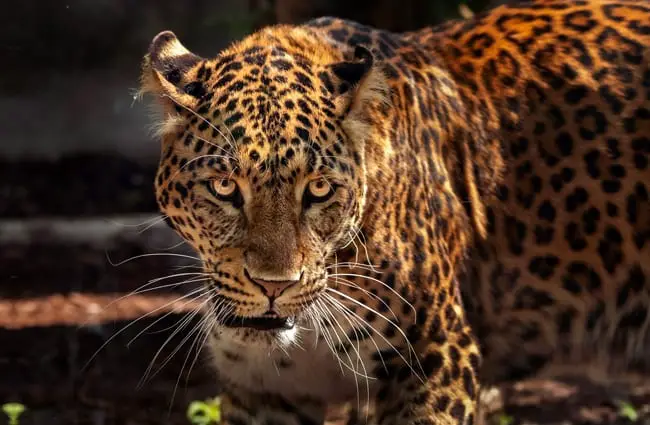

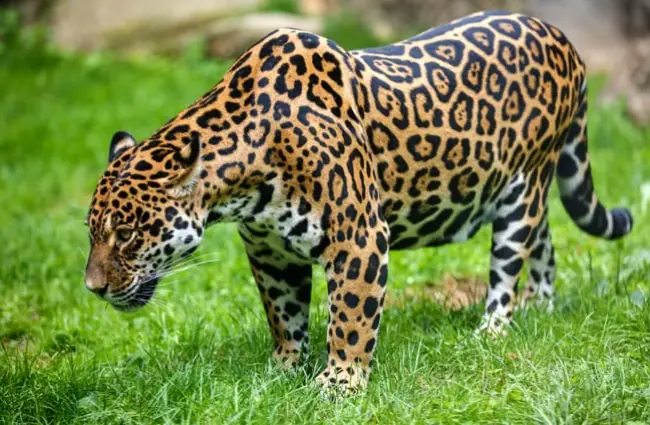
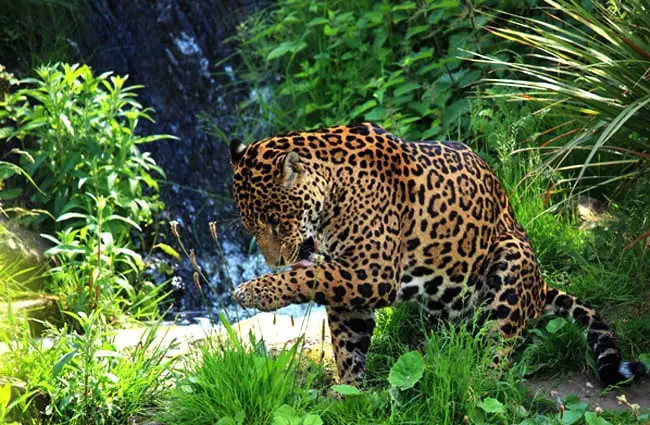

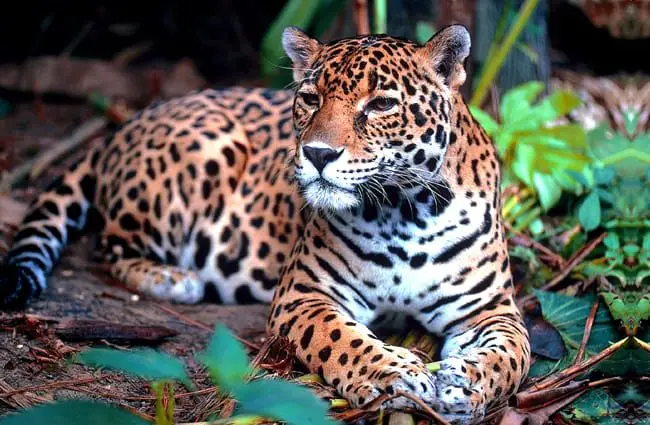
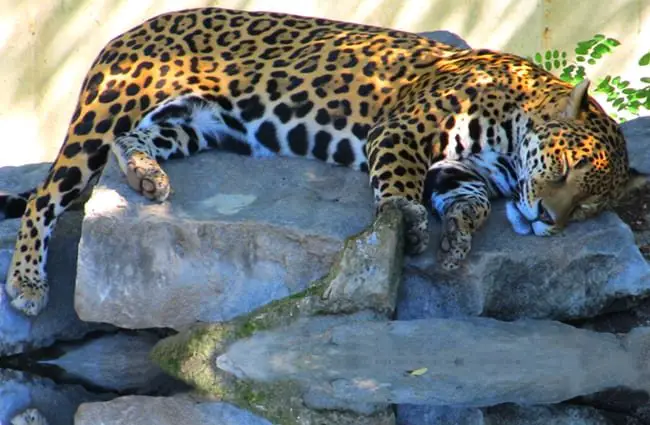
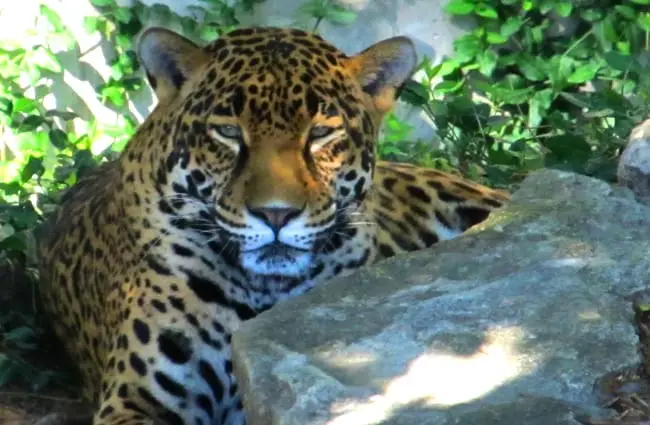
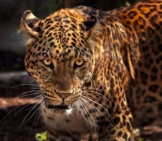

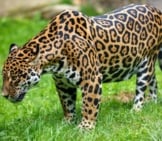
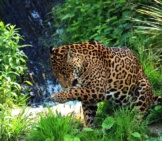



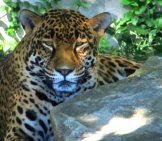
![Red Angus Closeup of a beautiful Red Angus cowPhoto by: U.S. Department of Agriculture [pubic domain]https://creativecommons.org/licenses/by/2.0/](https://animals.net/wp-content/uploads/2020/03/Red-Angus-4-238x178.jpg)












![Red Angus Closeup of a beautiful Red Angus cowPhoto by: U.S. Department of Agriculture [pubic domain]https://creativecommons.org/licenses/by/2.0/](https://animals.net/wp-content/uploads/2020/03/Red-Angus-4-100x75.jpg)

